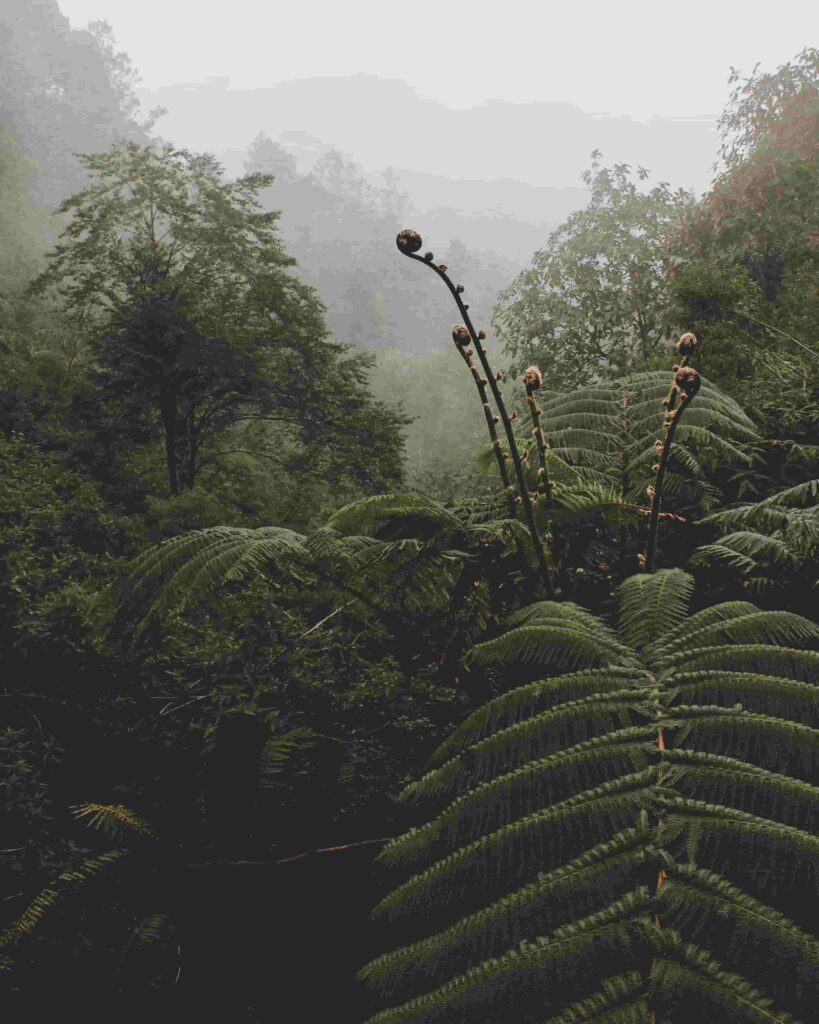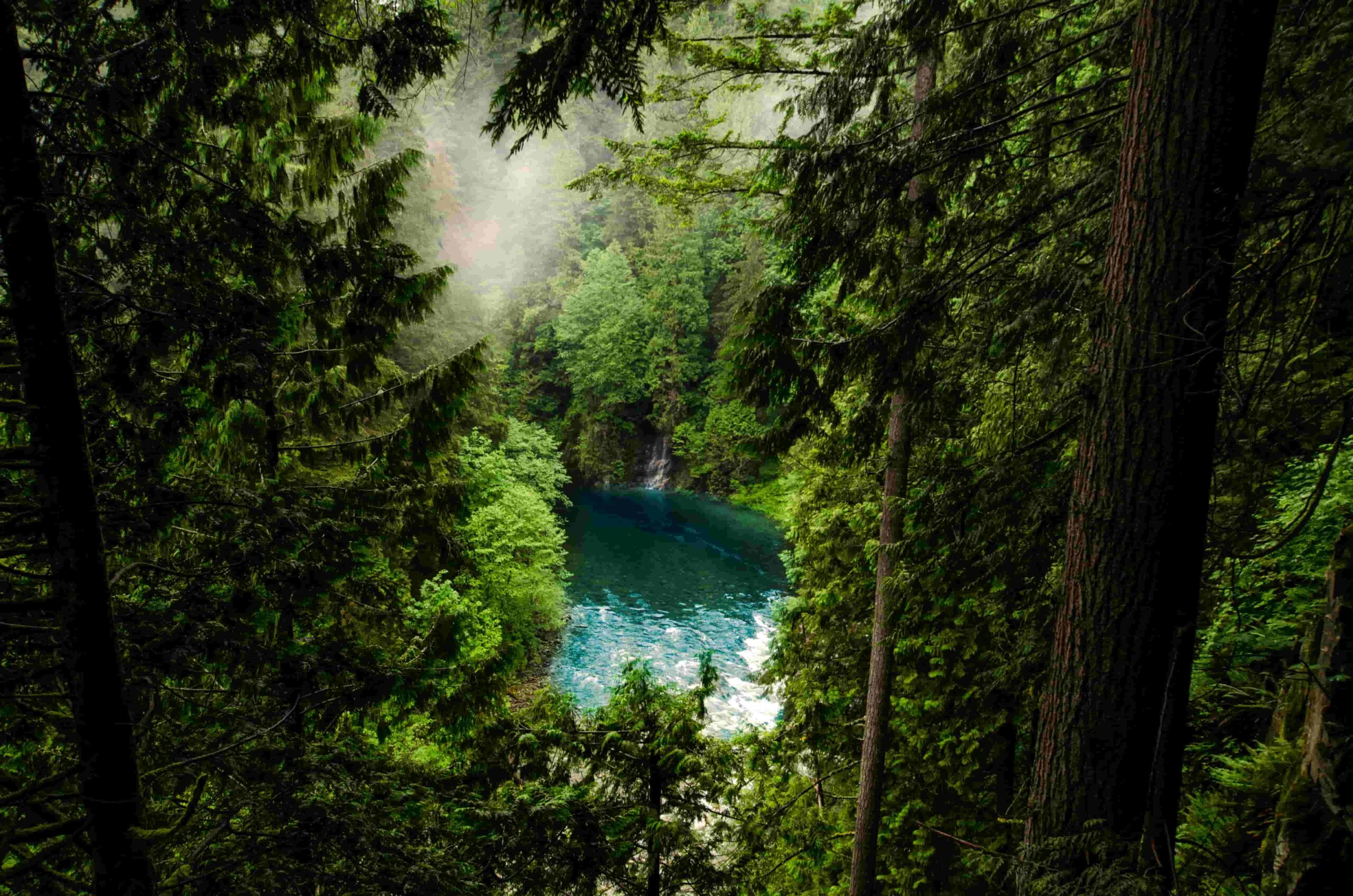Rainforests are among the most fascinating and diverse ecosystems on our planet. They play a crucial role in maintaining the Earth’s ecological balance, and their unique characteristics have captivated the imagination of explorers, scientists, and nature enthusiasts for centuries.
Table of Contents
- What Is a Rainforest?
- Types of Rainforests
- The Importance of Rainforests
- Biodiversity in Rainforests
- Rainforest Layers
- Unique Rainforest Species
- Medicinal Plants from Rainforests
- Threats to Rainforests
- Conservation Efforts
- The Amazon Rainforest
- Rainforest as Carbon Sinks
- Indigenous People and Rainforests
- Visiting the Rainforest
- Conclusion
- FAQs
What Is a Rainforest?
A rainforest is a dense forest characterized by high annual rainfall, high humidity, and consistent warm temperatures. These conditions create a lush and vibrant environment that supports a myriad of plant and animal species. You can read more about rainforests by clicking here.
Types of Rainforests
Rainforests can be classified into several types based on their location and climate. The primary categories include tropical rainforest, temperate rainforest, and montane rainforest.
Tropical Rainforest
Tropical rainforests are the most famous and are primarily found near the equator. They are distinguished by a wide variety of plant and animal life, high temperatures, and copious amounts of rainfall.
Temperate Rainforest
Temperate rainforests are located in regions with milder climates, such as the Pacific Northwest of North America. They have cooler temperatures and significant rainfall throughout the year.
Montane Rainforest
Montane rainforests are situated at higher elevations, often in mountainous areas. These unique rainforests experience cooler temperatures but still maintain high biodiversity.
The Importance of Rainforests

Because they create oxygen through photosynthesis and absorb carbon dioxide, rainforests are frequently referred to as the “lungs of the Earth.” They serve as a habitat to innumerable species and aid in climate regulation across the globe.
Biodiversity in Rainforests
Rainforests shelter an astonishing variety of plant and animal species, with a significant number of them existing exclusively within these unique ecosystems. These are lush and dense ecosystems that cover just 6% of the Earth’s land but house more than 50% of known plant and animal species. This biodiversity is essential for maintaining the health of our planet’s ecosystems.
Rainforest Layers
Rainforests are divided into several layers, each with its own unique set of organisms. These layers include the emergent layer, canopy, understory, and forest floor. You can read more about rainforest layers by clicking here.
Unique Rainforest Species
From the strikingly colorful toucan to the elusive jaguar, rainforest host a wide variety of wildlife. Rainforests are renowned for their astonishing biodiversity, and within these lush and vibrant ecosystems, some species stand out as truly unique. These extraordinary organisms have evolved remarkable adaptations that enable them to thrive in the challenging and competitive rainforest environment. Some of these species are incredibly rare and are a testament to the wonders of evolution.
Here are a few examples of such remarkable rainforest species:
- Sloths: These slow-moving creatures are known for their deliberate pace and the unique ability to hang from trees for long periods. Their slow metabolism helps them conserve energy in the dense vegetation of the rainforest.
- Poison Dart Frogs: These small, brilliantly colored frogs carry potent toxins that they acquire from their diet in the rainforest. Indigenous peoples have used their toxins to poison the tips of blow darts for hunting.
- Okapi: Resembling a cross between a giraffe and a zebra, the okapi is native to the dense rainforests of the Democratic Republic of the Congo. They are elusive and incredibly well-adapted to their environment.
- Leaf-Cutter Ants: These ants are farmers of the rainforest, harvesting and cultivating fungus on the leaves they cut. Their complex societies and farming practices are fascinating to study.
- Cassowaries: These large, flightless birds are found in the rainforests of New Guinea and nearby islands. They are known for their striking blue skin and the casques on their heads.
- Resplendent Quetzal: This stunning bird is native to the cloud forests of Central America. It’s famous for its iridescent green and red plumage and has been revered by indigenous cultures for centuries.
- Sunda Colugo: Also known as the flying lemur, the Sunda colugo has a unique ability to glide through the forest canopy using its patagium, a gliding membrane that stretches from its face to tip of tail.
- Glass Frogs: These frogs are known for their transparent skin, which allows you to see their internal organs. Their primary habitat lies within the rainforests of Central and South America.
- Toucans: These colorful birds are recognized by their oversized, colorful bills. They play a vital role in dispersing seeds in the rainforest, making them essential for the ecosystem.
- Siau Island Tarsier: This tiny primate, native to Indonesia, is among the smallest primates in the world. It has large eyes and can rotate its head almost 180 degrees to spot prey.
- Elusive Jaguar: The elusive jaguar, known for its secretive and solitary nature, roams the depths of the rainforest with stealth and mystery.
These unique rainforest species are just a small glimpse of the incredible diversity found in these ecosystems. They are a testament to the power of evolution and adaptation in the face of the complex challenges presented by life in the rainforest.
Medicinal Plants from Rainforests
Rainforests are also a treasure trove of medicinal plants. Many indigenous communities have relied on these plants for centuries to treat various ailments, and modern medicine continues to discover the potential of these natural remedies.
Threats to Rainforests
Despite their significance, rainforests face numerous threats, including deforestation, illegal logging, and habitat destruction. The impact of these activities on our environment is alarming.
Conservation Efforts
Efforts to protect rainforests include the creation of protected areas, sustainable logging practices, and raising awareness about the importance of these ecosystems. Fortunately, there are organizations and individuals working tirelessly to protect and conserve rainforests. Their efforts are crucial in safeguarding these vital ecosystems. Indigenous communities also play a vital role in rainforest conservation.
The Amazon Rainforest
The Amazon Rainforest is the world’s largest tropical rainforest and is often referred to as the “lungs of the Earth” due to its critical role in maintaining global climate stability.
Rainforest as Carbon Sinks
Rainforests store vast amounts of carbon, making them indispensable in the fight against climate change. Their preservation is key to reducing greenhouse gas emissions.
Indigenous People and Rainforests
Many indigenous communities have lived in harmony with the rainforest for generations. Their knowledge of these environments is invaluable, and their rights and traditions must be respected and protected.
Visiting the Rainforest
For those eager to experience the wonders of the rainforest firsthand, eco-tourism offers an opportunity to explore these unique ecosystems while promoting conservation.
Conclusion
The rainforests are a testament to the incredible biodiversity and natural beauty of our planet. However, they are constantly in risk because of human activities. It is crucial that we continue to explore, appreciate, and protect these remarkable ecosystems to ensure their survival for generations to come.
FAQs
1. Are rainforests only found in the Amazon?
No, rainforests can be found in various parts of the world, not just in the Amazon. Tropical and temperate rainforests exist in Asia, Africa, Australia, and Central America, among other places.
2. How can I contribute to rainforest conservation?
Supporting organizations dedicated to rainforest conservation and making sustainable choices in your daily life, such as using recycled products and reducing your carbon footprint, are effective ways to contribute.
3. Are there any dangers associated with exploring the rainforest?
While exploring the rainforest can be a thrilling experience, it’s essential to be cautious and prepared. You may encounter wildlife and challenging terrain, so having a knowledgeable guide is recommended.
4. Can I visit the Amazon Rainforest as a tourist?
Yes, many tour operators offer guided trips to the Amazon Rainforest. These tours are designed to provide a safe and educational experience while minimizing the impact on the environment.
5. How do rainforests benefit the global environment?
Rainforests play a vital role in regulating the Earth’s climate, maintaining biodiversity, and acting as carbon sinks, which help combat climate change. Their preservation benefits the entire planet.


Fascinating insights! The creative potential you discuss is beautifully realized in Sprunki Game‘s revolutionary platform. The way Sprunki Game empowers users to explore and create unique soundscapes is truly groundbreaking.